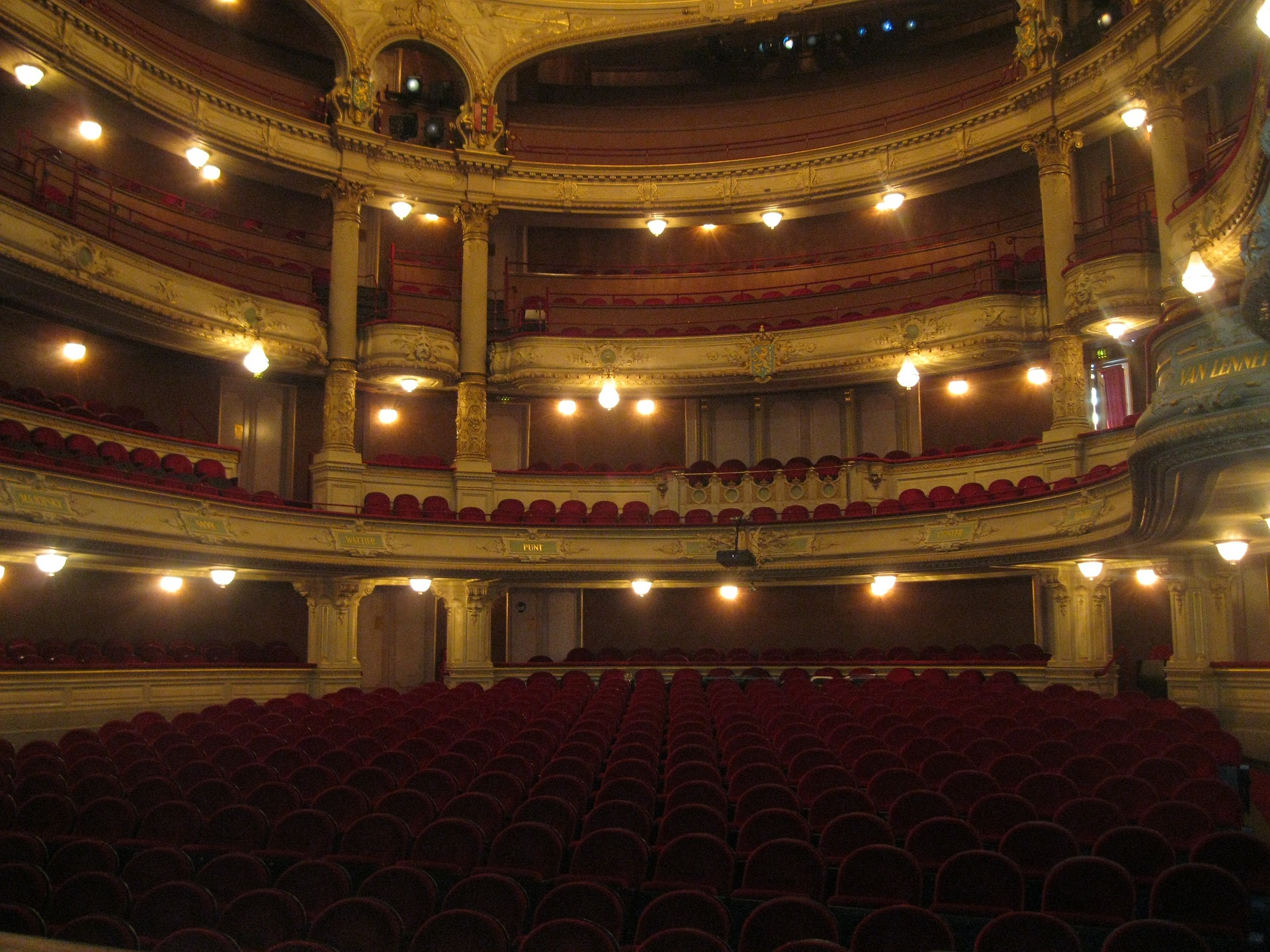Captivating Creations: The Rise of Virtual Reality in Theatre
Introduction: Ever wondered what it's like to step into the shoes of a character in a play? With the rise of virtual reality in theatre, the audience is getting a chance to do just that. Transporting viewers to an entirely new dimension, this emerging trend is transforming the theatre experience.

Virtual Reality and Theatre: A Historical Perspective
The relationship between virtual reality (VR) and theatre is not a recent development. The idea of immersing oneself in a fictional world is fundamental to both VR and theatre. However, the advent of sophisticated VR technology has propelled this relationship into uncharted territory. In the past, theatres relied on the audience’s imagination to ‘transport’ them to the play’s setting. But with VR, the audience can actually ‘step into’ the world created by the playwright.
The Current Landscape: VR on Stage
Today, VR technology in theatre has evolved beyond being a mere novelty. It has become a tool for artistic expression and audience engagement. Theatre productions like “The Tempest” by the Royal Shakespeare Company have successfully integrated VR to provide a wholly immersive experience. In recent years, VR has been used not just in big-budget productions but also in independent and experimental theatre, democratizing the technology’s accessibility.
The Impact of VR: A New Dimension to Storytelling
The use of VR in theatre brings a new dimension to storytelling. It allows the audience to experience the narrative from the character’s perspective, creating a deeper emotional connection. Moreover, it changes the dynamics of theatre-going, transforming it from a passive to an active experience. Instead of simply watching a play, the audience participates in the unfolding drama.
The Reception: Audience and Critics
The reception to VR in theatre has been largely positive. Critics appreciate the innovative approach to storytelling, while audiences enjoy the immersive experience. However, it’s not without its challenges. There are concerns about accessibility and the potential for technology to overshadow the narrative. Despite these hurdles, the overall sentiment towards VR in theatre is one of excitement and anticipation.
Looking Ahead: The Future of VR in Theatre
The future of VR in theatre looks promising. The technology is expected to become more sophisticated, leading to even more immersive theatre experiences. At the same time, theatre creators are exploring how to use VR to tell stories in new and innovative ways. While it’s still early days, VR’s potential to revolutionize theatre is undeniable.
In conclusion, the integration of VR in theatre is a testament to the ever-evolving nature of the arts and entertainment industry. As this trend continues to gather momentum, it’s safe to say that the line between the real and virtual world in theatre will continue to blur, providing audiences with an experience like never before.




